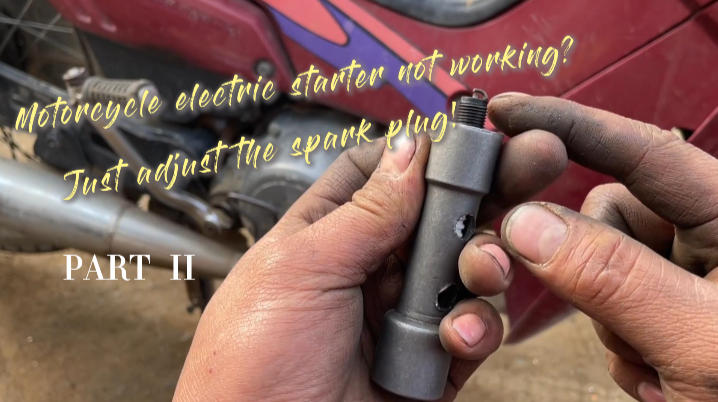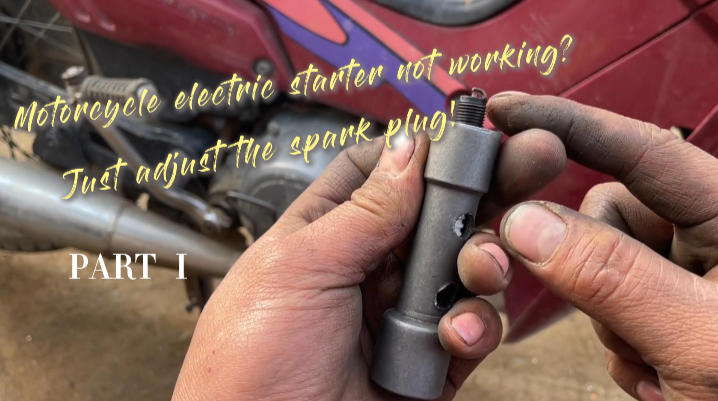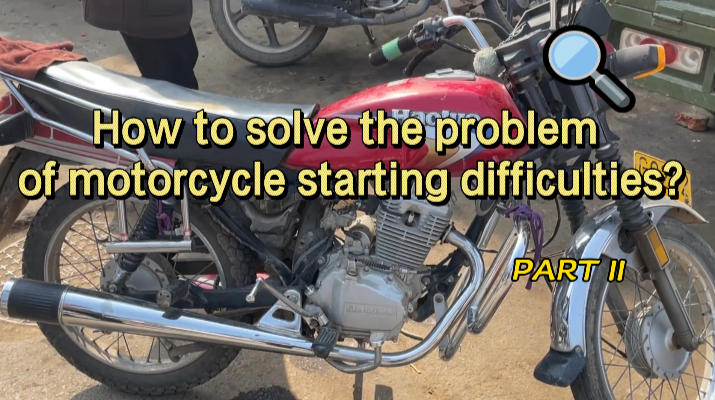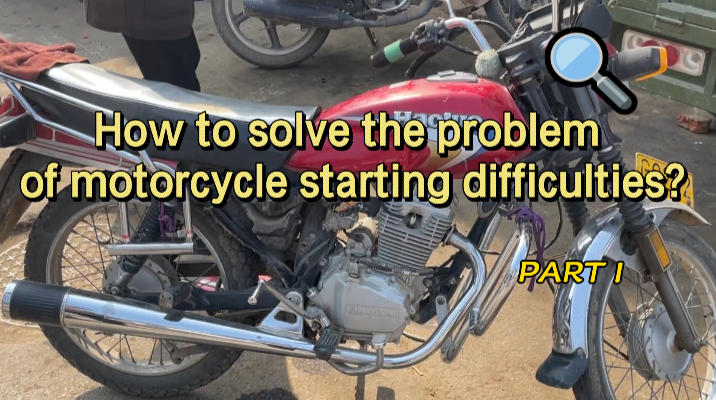What happens when an electric vehicle motor breaks down? How can it be fixed? Check here
-
40
-
2025-08-14 16:24:59
An electric motor is an electromagnetic device that converts or transmits electrical energy based on the principle of electromagnetic induction. Its primary function is to generate driving torque, serving as a power source for electrical appliances or various mechanical devices. An electric vehicle motor utilizes an energized coil (the stator winding) to generate a rotating magnetic field, which interacts with a squirrel-cage rotor (a closed aluminum frame) to produce magnetic-electric rotational torque, thereby providing power for the electric vehicle. What should be done when the motor malfunctions?
1. The motor emits abnormal noises
If the motor produces abnormal noises, the primary causes are as follows:
a. The Hall element is damaged, causing a phase loss (the electric vehicle does not move, has weak acceleration, vibrates, and produces loud noise; it only moves after being pushed with the foot): Replace the Hall element. Although the resistance between the Hall element output leads and the Hall ground and power supply leads can be measured using the comparison method to determine which Hall element is faulty, to ensure precise motor phase shifting, it is recommended to replace all three Hall elements simultaneously. Before replacement, first determine whether the motor's phase angle is 60° or 120°. For a 60° phase angle motor, the three Hall elements are arranged in parallel, while for a 120° phase angle motor, one of the three Hall elements is arranged in a 180° flipped position. This should be noted during replacement.
b. Motor physical faults: These only require identifying the fault and repairing it. Details are provided below.
c. Bearing rust: Apply lubricating oil.
d. Motor bearing failure (motor hums loudly, and in severe cases, the motor may seize up): Replace the bearing.
2. The motor's no-load current exceeds the limit value
A1: Turn on the power and measure the maximum current value when the motor is not rotating.
A2: Rotate the throttle handle to make the motor run at high speed under no-load conditions for over 10 seconds, then measure the maximum current value after the speed stabilizes.
No-load current I = A2 - A1. If the motor's no-load current exceeds the limit value, it indicates a motor fault. Possible causes include:
a. Excessive mechanical friction inside the motor.
b. Localized short circuit in the windings: Replace the windings.
c. Demagnetization of the magnets: Replace the motor.
3. The motor's no-load/load speed ratio is greater than 1.5
N1: Turn on the power, rotate the throttle, and allow the motor to run at high speed under no-load conditions for more than 10 seconds until the speed stabilizes. The highest speed at this point is N1.
N2: Under standard test conditions, after traveling a distance of 200 meters or more, the highest speed of the motor under load is N2.
No-load/load speed ratio = N2 ÷ N1. When this value exceeds 1.5, it indicates that the motor's magnets have severely demagnetized, requiring replacement of the entire set of magnets inside the motor. In actual electric vehicle maintenance, the entire motor is typically replaced.
4. Motor overheating
Generally, the temperature rise of a motor should be below 20°C. When the temperature of the motor end cover exceeds the ambient temperature by more than 25°C, the motor is already in an overheating state. Motor overheating is generally caused by excessive current, where current I = (E1 - E2) ÷ R, where E1 is the input electromotive force and E2 is the induced electromotive force (back electromotive force) generated by the motor's rotation. Therefore, there are two situations that can cause an increase in current:
a. Coil short circuit or open circuit: R decreases, causing the current to increase.
b. Demagnetization of the magnet or coil short circuit/open circuit: E2 decreases, causing the current to increase.
In actual maintenance processes, the general approach is to replace the entire motor for both of these situations.
5. Reduced vehicle range and motor weakness
Under standard test conditions at an ambient temperature of 25°C, vehicles equipped with different types of motors have varying ranges. If the actual driving range is less than 60% of the actual range achieved when a new battery is fully charged and paired with a new motor, we can determine that the vehicle's range is short. The corresponding situations are as follows:
a. Blown fuse: Replace the fuse.
b. Power switch malfunction: The input and output terminals of the power switch exhibit infinite resistance; replace the power switch.
c. Hall sensor handlebar malfunction: The green wire at the output terminal of the handlebar has no output voltage; replace the handlebar.
d. Controller malfunction: This is indicated by no output voltage at the red terminal of the controller's output. Replace the controller.
e. Motor burnout: Disconnect the motor from the controller, leaving all other connections intact. Slowly rotate the motor and use a multimeter to measure the Hall sensor wires. If there is no voltage change in one phase, the Hall sensor element in the motor has burned out, causing a phase loss. Replace the motor.
6. The motor cannot start under no-load conditions
a. Power supply not connected: Check the switch, contactor contacts, and motor lead terminals. Repair after identifying the issue.
b. Inverter control issues: Inspect the inverter.
c. Stator winding faults: Short circuits, grounding issues, or connection errors. Repair as needed.
d. Low power supply voltage: Check the power supply voltage and all connection points.
7. Motor vibration
a. Bearing wear or improper clearance: Re-inspect
b. Uneven air gap: Adjust the air gap
c. Rotor imbalance: Re-balance
d. Broken bars in the cage rotor: Replace the rotor
e. Electronic winding faults: Short circuits, grounding, or connection errors, etc., require repair
f. Bent shaft: Straighten the shaft
g. Deformed or loose core: Correct the core or re-stack the core
8. Stator overheating
a. Single-phase break in the power line or stator winding, causing single-phase operation: Inspect the switch, contactor contacts, and motor leads; identify and repair the issue, or inspect the stator winding to locate and repair the fault
b. Overload: Reduce the load or increase the capacity
c. Incorrect number of winding turns: Check the winding resistance
d. Poor ventilation: Check if the fan is functioning normally
9. Low insulation resistance
a. Windings are damp or wet: Perform heating and drying treatment
b. Winding insulation is covered with dust or oil residue: Clean the oil residue from the windings, then dry and apply varnish
c. Lead-out wire insulation is aged and cracked: Re-wrap the lead-out wires
d. Winding insulation has aged: After inspection, if it is confirmed that the insulation can continue to be used, clean it thoroughly and reapply varnish. If the insulation has aged and cannot ensure safe operation, replace the insulation
10. The no-load current is unbalanced during motor no-load operation, with a significant difference between phases
a. Winding terminals are connected incorrectly: Identify the beginning and end terminals and correct them
b. Power supply voltage is unbalanced: Measure the power supply voltage, identify the cause, and eliminate it
c. Winding faults (turn-to-turn short circuit, reversed connection of a coil group, etc.): Disassemble the motor to inspect the winding polarity and faults, and correct and eliminate them.
11. The motor operates with abnormal noise.
a. Bearing wear or faults: Inspect and replace the bearings.
b. Loose stator or rotor cores: Reassemble the cores.
c. Voltage imbalance: Measure the power supply voltage, identify the cause of the imbalance, and address it
d. Winding faults (short circuits, incorrect connections, etc.): Inspect and address the issues
e. Bearings lack lubricating grease: Clean the bearings and add the specified amount of lubricating grease
f. Uneven air gap, stator and rotor rubbing: Adjust the air gap and improve assembly quality
12. Bearing temperature exceeds specifications
a. Excessive or insufficient grease: Remove the bearing cover, check the grease level, and adjust the grease quantity as specified
b. Poor-quality grease containing impurities: Replace the grease
c. Bearing and shaft clearance too loose or too tight: Re-adjust the clearance
d. Bearing and end cover clearance too loose or too tight: Re-adjust the clearance
e. Oil seal clearance too tight: Replace or repair the oil seal
f. The inner cover of the bearing is eccentric and rubs against the shaft: Repair the inner cover of the bearing
g. The end covers or bearing covers on both sides of the motor are not installed flat: Reinstall them according to the correct procedure
h. The bearing is faulty, worn, or contains debris: Replace the bearing; bearings containing debris must be thoroughly cleaned and the oil changed
i. The bearing clearance is too large or too small: Replace the bearing
-
Oil Pump JR-B18-1 16700-K20-903 For Z00MER

-
Oil Pump JR-B18 16700-KVG-41 For AIR BLADE
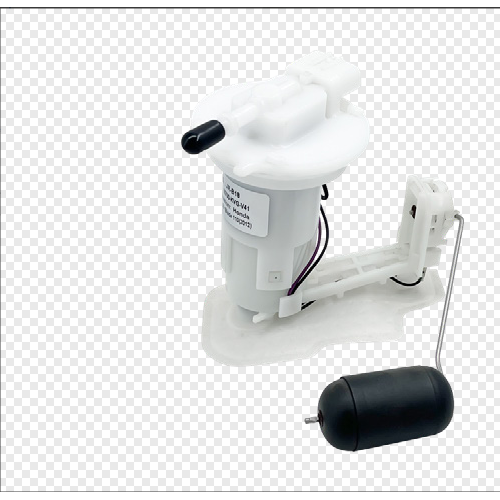
-
Oil Pump JR-B113 16700-HR3-A21 For Fou rTrax Rancher
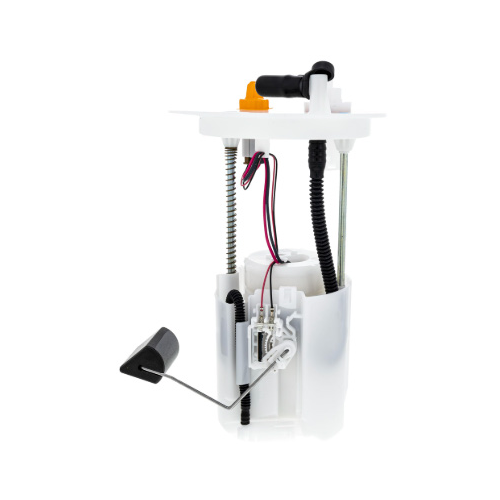
-
Oil Pump JR-B112-1 275500734 For GT1 130/155 2011-2012
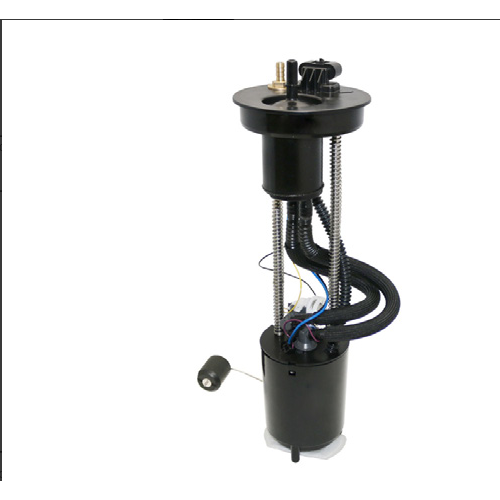
-
Oil Pump JR-B112 47-1027 For MAVERICKX
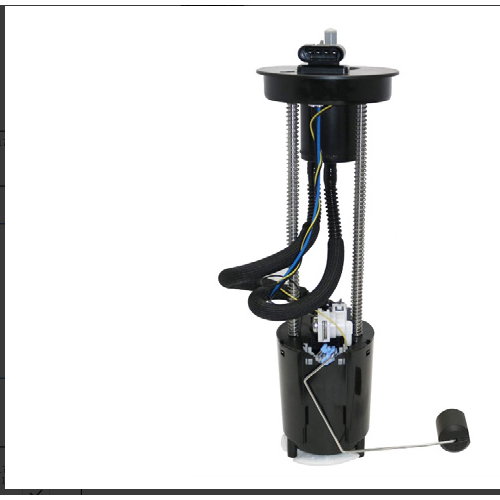
-
Oil Pump JR-B110 47-1050 For OUTLANDER
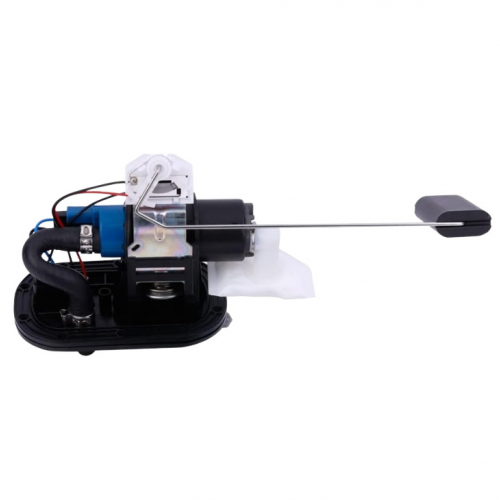
-
Oil Pump JR-B109 709000758 For OUTLANDER
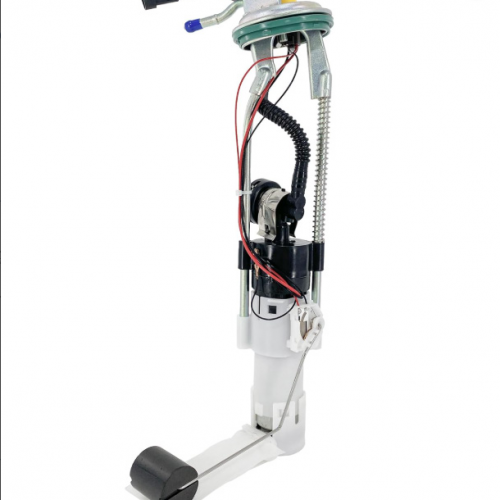
-
Oil Pump JR-B108-1 2204308 For SPORTSMAN
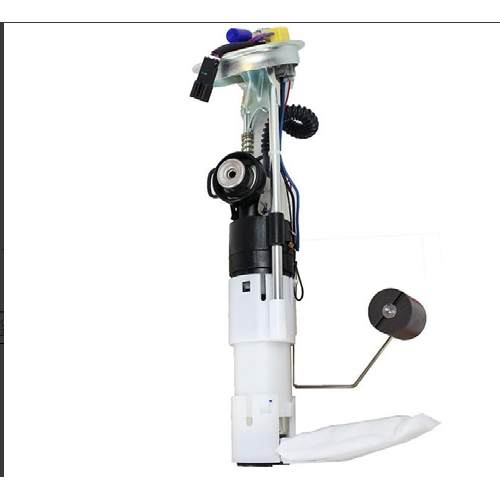
-
Oil Pump JR-B108 47-1014 For SPORTSMAN
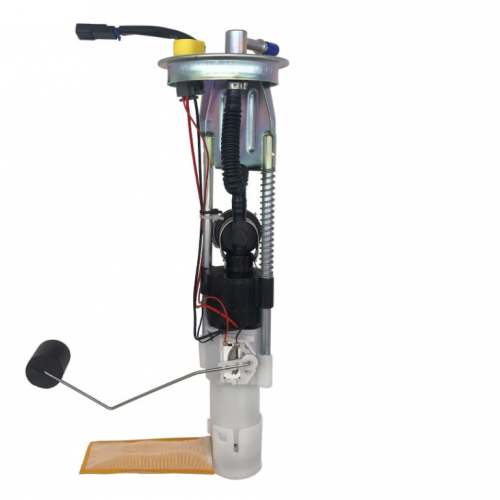
-
Oil Pump JR-B98-1 47-1012 For RANGER



